Tired of Acne Scars? Here’s How to Actually Get Smoother Skin
If you’ve ever dealt with serious acne, you know the breakout is just chapter one. For so many people, the real story starts after the pimples are gone, leaving behind a frustrating map of dents and marks. Let’s be honest, these scars are more than just skin deep—they can seriously mess with your confidence. My job has always been to help people turn that page, but it’s a process that takes patience, the right pro, and a clear idea of what we’re actually trying to fix.
In this article
- First Things First: Are They Scars or Just Marks?
- Know Your Enemy: The Different Types of Acne Scars
- The Pro’s Toolkit: What Actually Works and What to Expect
- Putting It All Together: A Sample Journey
- Your Pre-Appointment Checklist
- Common Pitfalls & How to Sidestep Them
- Your At-Home Game Plan: The Daily Work
- Your Post-Procedure Survival Kit
- Inspirational Gallery
People often come in asking for a magic eraser for their acne scars. The very first thing I do is get real about the goal. We’re aiming for significant, visible improvement, not a time machine back to flawless, baby skin. Complete erasure is almost never in the cards, but transforming your skin’s texture and tone? That is absolutely doable.
First Things First: Are They Scars or Just Marks?
Before we even think about treatments, we have to know what we’re looking at. True scars and leftover discoloration are two totally different beasts and need different game plans. You can usually figure this out at home.
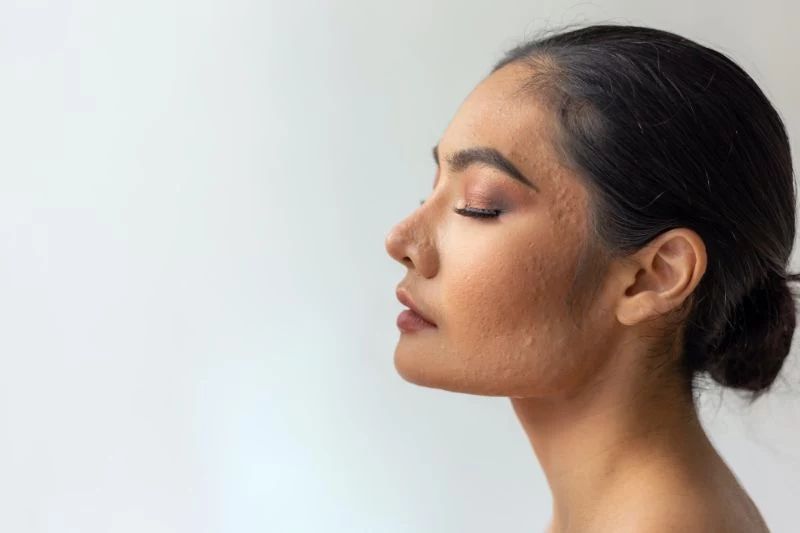
- True Scars (Atrophic Scars): These are physical indentations. If you run your finger over the area, you can feel a dip, a pit, or a change in texture. This happens when the acne inflammation was so bad it actually destroyed some of the collagen under your skin.
- Red Spots (Post-Inflammatory Erythema, or PIE): These are stubborn red or pink flat spots. They’re super common in lighter skin tones and are caused by damaged capillaries under the skin. They aren’t true scars and often fade on their own… eventually. Think months, not weeks.
- Dark Spots (Post-Inflammatory Hyperpigmentation, or PIH): These are the flat brown or dark marks left behind. They’re more common in deeper skin tones and happen when your skin produces too much pigment in response to the inflammation.
For this guide, we’re going to zero in on the true, indented scars, since they’re the trickiest to handle.
Know Your Enemy: The Different Types of Acne Scars
Okay, let’s get specific. In the clinic, we don’t just call them ‘acne scars.’ We classify them because each type needs a different battle plan. Good lighting is key here.
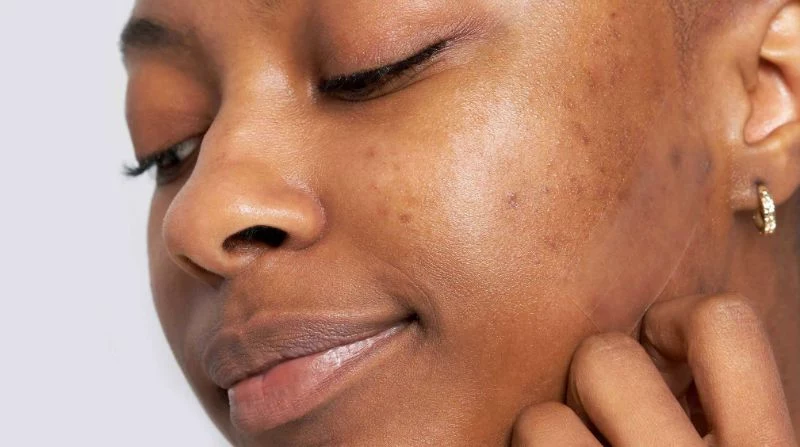
Heads up! Try this right now: Go look in a mirror with light coming from the side (angled lighting from a window or lamp works great). This will create shadows that make the scars pop. Gently stretch the skin where the scar is. Does the indentation seem to disappear or look way better? If so, it’s likely a ‘rolling scar’ that’s being pulled down. If it’s still very visible, it’s a volume-loss issue.
- Ice Pick Scars: These look just like their name sounds—deep, narrow pits that seem to go way down into the skin, like a tiny awl poked a hole. They are notoriously tough because most treatments can’t get to the bottom of the scar to work their magic.
- Boxcar Scars: Think broader, crater-like depressions with sharp, defined edges. They can be shallow or deep. Because they have a wider base, they tend to respond better to treatments that resurface the skin and build collagen.
- Rolling Scars: These don’t have sharp edges. Instead, they create a wavy, uneven texture on the skin. This is caused by fibrous bands under the skin that are literally pulling the surface down, or ‘tethering’ it. To fix these, you have to break those bands first.
Most people have a fun-house mix of all three. That’s why a one-size-fits-all approach from a Groupon deal is almost always a bad idea.
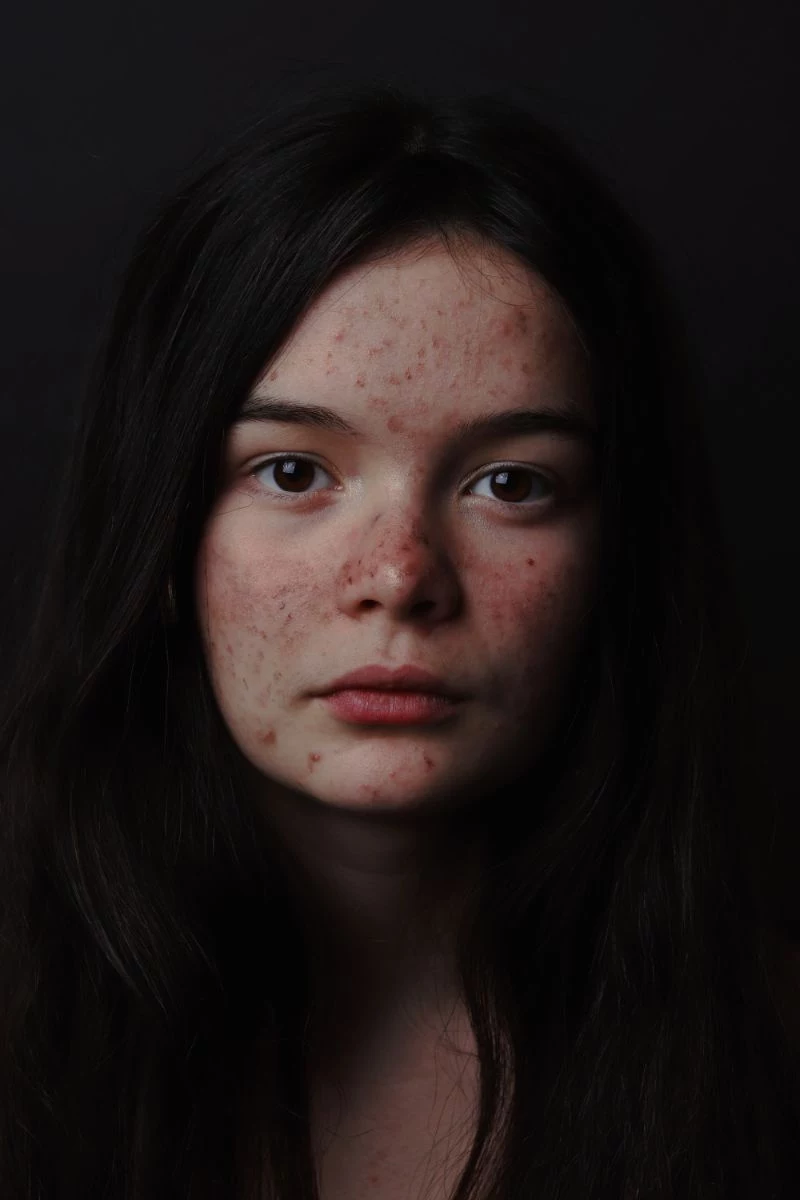
The Pro’s Toolkit: What Actually Works and What to Expect
Alright, let’s talk about the heavy hitters—the in-office procedures that make a real difference. This is not DIY territory. Finding the right pro is everything.
Chemical Peels
A professional peel is a world away from the stuff you buy at Sephora. We use specific acids to carefully remove damaged skin, forcing it to heal in a more organized, smoother way. They’re best for very shallow boxcar scars and general texture issues.
- The Pain Factor: For lighter peels, it’s mostly just a tingly, spicy-hot feeling for a few minutes. For medium-depth peels, it’s more intense, like a very bad sunburn. Numbing cream isn’t typically used, but a fan helps a lot. Pain is maybe a 3-6/10, depending on the peel’s strength.
- The Price Tag: A single peel can run you anywhere from $150 to $400, and you’ll almost always need a series of 3-6 for real results.
- The Downtime: For light peels, just a day or two of redness. For medium peels, expect 2-3 days of tightness and redness, followed by 3-5 days of significant peeling. No, you cannot pick at it!
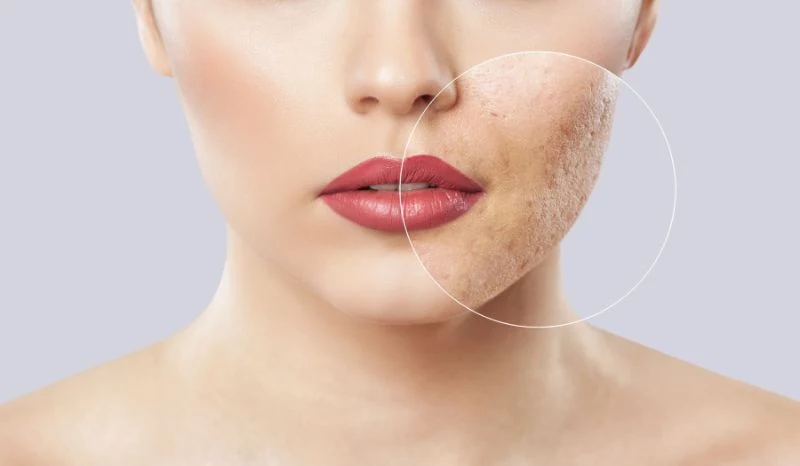
Microneedling (Collagen Induction Therapy)
This has become a go-to for a reason. It uses a device with tiny, sterile needles to create thousands of micro-injuries, which kicks your skin’s collagen-making factory into overdrive. It’s fantastic for rolling scars and shallow boxcar scars, and it’s generally safe for all skin tones.
- The Pain Factor: Don’t worry, we use a strong topical numbing cream for about 30-45 minutes beforehand. You’ll feel a vibrating, scratchy sensation, and maybe some more sensitive spots on the forehead or nose. Most people rate it a 2-4/10.
- The Price Tag: This usually costs between $300 and $700 per session. Adding PRP (Platelet-Rich Plasma, using your own blood’s growth factors) can add another $300-$500. A series of 3-6 sessions is standard.
- The Downtime: You’ll look quite red, like you have a moderate sunburn, for about 24-48 hours. After that, you might have some dryness or slight flaking for a few days.

Subcision
This is my secret weapon for rolling scars. If a scar is tethered down, no amount of surface work will fix it. You have to cut the strings first. A special tool is inserted under the skin to physically break those fibrous bands. It sounds scarier than it is!
- The Pain Factor: The area is numbed with an injection of local anesthetic, so you don’t feel the procedure itself. You might feel a strange pressure and hear a ‘popping’ sound as the bands release. The injection is the worst part, maybe a 3/10.
- The Price Tag: This is highly variable, but often falls in the $400 to $1,000 range per area, depending on the extent. It’s often combined with other treatments.
- The Downtime: Expect significant bruising. Seriously. The bruise is actually part of the healing process, but you’ll have a nice purple mark for 7-14 days.
TCA CROSS
This is the specialized technique for those deep ice pick scars. A practitioner uses a tiny, sharp object to place a drop of very high-strength acid (Trichloroacetic Acid) right at the bottom of the scar. This creates a powerful healing response that pushes the floor of the scar up from beneath.
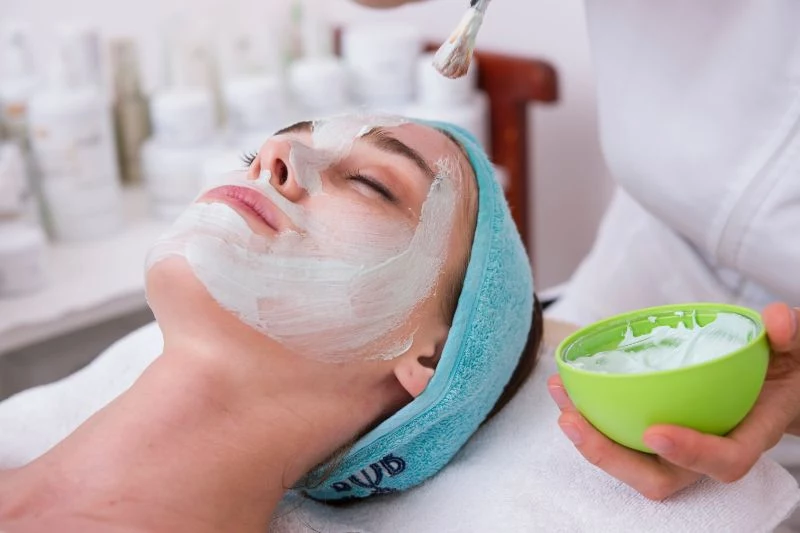
- The Pain Factor: It’s a quick, sharp sting that lasts a few seconds for each scar treated. No numbing cream is needed because it’s so fast. A solid 4/10, but it’s over in a flash.
- The Price Tag: Typically charged per session, ranging from $250 to $600. You’ll need anywhere from 3 to 6 sessions.
- The Downtime: Each treated spot will turn white (‘frost’), then form a tiny scab that looks like a dot. These scabs must fall off on their own, which takes about 5-10 days.
Laser Resurfacing
This is the heavy artillery, best for widespread, severe scarring. Ablative lasers (like CO2) vaporize columns of old, damaged skin, forcing a major healing response. They can deliver dramatic results but come with serious downtime and risks, especially for darker skin tones.
- The Pain Factor: This is the most intense. A combination of strong topical numbing cream and sometimes oral pain medication is used. Patients often describe it as feeling like hot grease splatters or a rubber band snapping repeatedly. It’s a 6-8/10, even with numbing.
- The Price Tag: This is a big investment. A single session of fractional CO2 laser can cost between $1,500 and $5,000+, depending on the area.
- The Downtime: Significant. Expect 7-10 days of intense recovery. We’re talking swelling, redness, oozing, and crusting. You will not be going to work or out in public. Total social downtime is about two weeks.

Putting It All Together: A Sample Journey
It helps to see what a real plan might look like. Let’s imagine a patient named ‘Sarah’ with a mix of rolling scars on her cheeks and a few boxcar scars. A realistic 12-month plan could be:
- Month 1: Consultation and first treatment: Subcision on the cheeks to release the tethered rolling scars. (Cost: ~$800)
- Month 3: First session of microneedling to start building collagen and improving overall texture. (Cost: ~$450)
- Month 5: Second session of microneedling.
- Month 7: Third session of microneedling.
- Month 9: Assessment. The rolling scars are much better, but a few boxcar scars are still visible. We do a targeted medium-depth chemical peel. (Cost: ~$300)
- Total Time: 9-12 months. Rough Total Cost: ~$2,000 – $2,500.
See? It’s a marathon, not a sprint. The goal is steady, planned improvement.
Your Pre-Appointment Checklist
Feeling empowered? Good. Now, walk into that consultation ready to interview your potential provider. Don’t be shy—your face is on the line. Ask these questions:
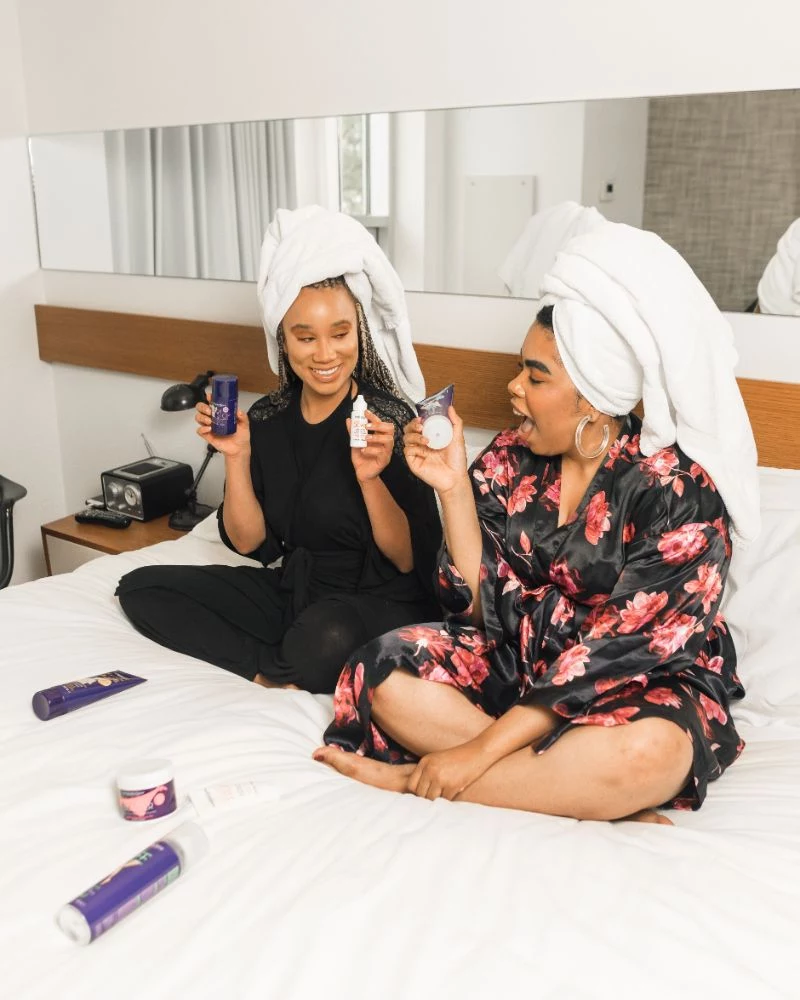
- Which specific procedures do you recommend for my scar types, and why?
- Can I see before-and-after photos of your actual patients with similar skin and scars to mine?
- How many times have you personally performed this specific procedure?
- What are the most common risks for my skin tone? (This is a huge one!)
- What does the full treatment plan, timeline, and total cost look like?
Common Pitfalls & How to Sidestep Them
I’ve seen it all. Here are the most common mistakes people make on their scar-healing journey:
- Treating scars while acne is still active. You have to get the fire under control before you can rebuild the house. Focus on clearing active acne first.
- Expecting a one-and-done miracle cure. As you can see, this is a long-term commitment. Be patient with your skin and the process.
- Going for the cheapest option. An inexperienced provider can make your scarring worse or cause permanent pigmentation. Your face is not the place to bargain hunt.
- Ignoring at-home care. You can’t spend thousands on laser and then go lay in the sun without SPF. You’re just throwing money away.
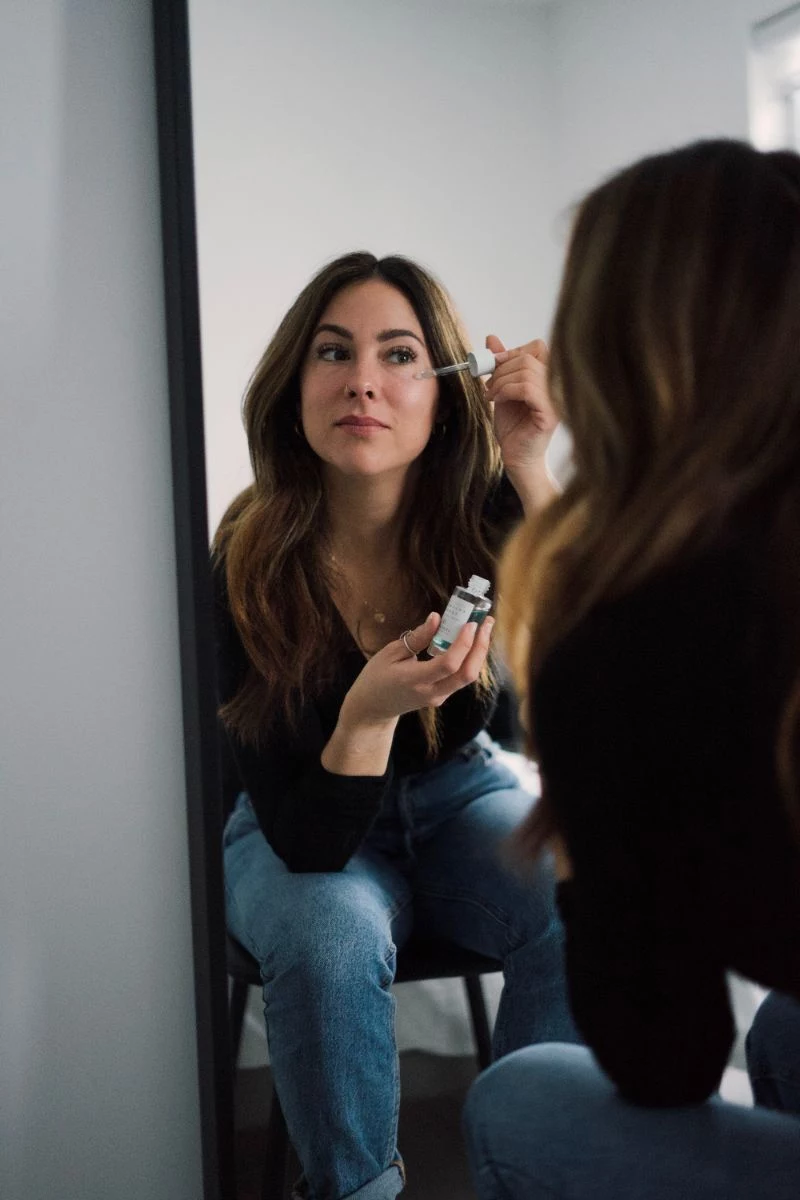
Your At-Home Game Plan: The Daily Work
What you do every day is just as important as the big treatments. This is how you protect your investment.
The Non-Negotiables: – Retinoids: A prescription retinoid is the gold standard for speeding up cell turnover and building collagen. Start slow (2-3 nights a week) with a pea-sized amount to let your skin adjust. And always stop using it 5-7 days before and after any in-office procedure! – Sunscreen: I can’t say this enough. If you’re not using a broad-spectrum SPF 30+ every single day, rain or shine, you are actively working against your own progress. UV rays degrade collagen and make every single mark darker. Non-negotiable.
Other Helpful Players: – Vitamin C Serum: A great morning product to use under your sunscreen. It’s a powerful antioxidant that helps protect against environmental damage and can brighten those pesky leftover brown spots (PIH). – Azelaic Acid: This is a fantastic, gentler ingredient that helps with skin texture, redness (PIE), and hyperpigmentation (PIH). It’s a great option for those with sensitive skin.

Your Post-Procedure Survival Kit
After a treatment, your skin is fragile. Have these items waiting for you at home. You can find them all at Target, CVS, or online.
- A super-gentle cleanser: Think Cetaphil or CeraVe. No scrubs, no acids, no foam. (Cost: ~$10-$15)
- An occlusive balm: Aquaphor or CeraVe Healing Ointment is your best friend. It protects the skin barrier and keeps it hydrated while it heals. (Cost: ~$8-$14)
- A mineral-based sunscreen: Look for zinc oxide and/or titanium dioxide. It’s less irritating on post-procedure skin. (Cost: ~$12-$25)
- A bag of frozen peas: Trust me. For swelling and heat after microneedling or lasers, nothing beats it. (Cost: ~$2)
The journey to smoother skin takes courage and commitment. Finding a provider who listens, educates, and is brutally honest about what’s possible is the most important first step. Your skin tells a story, and with the right approach, we can absolutely write a smoother, more confident next chapter together.
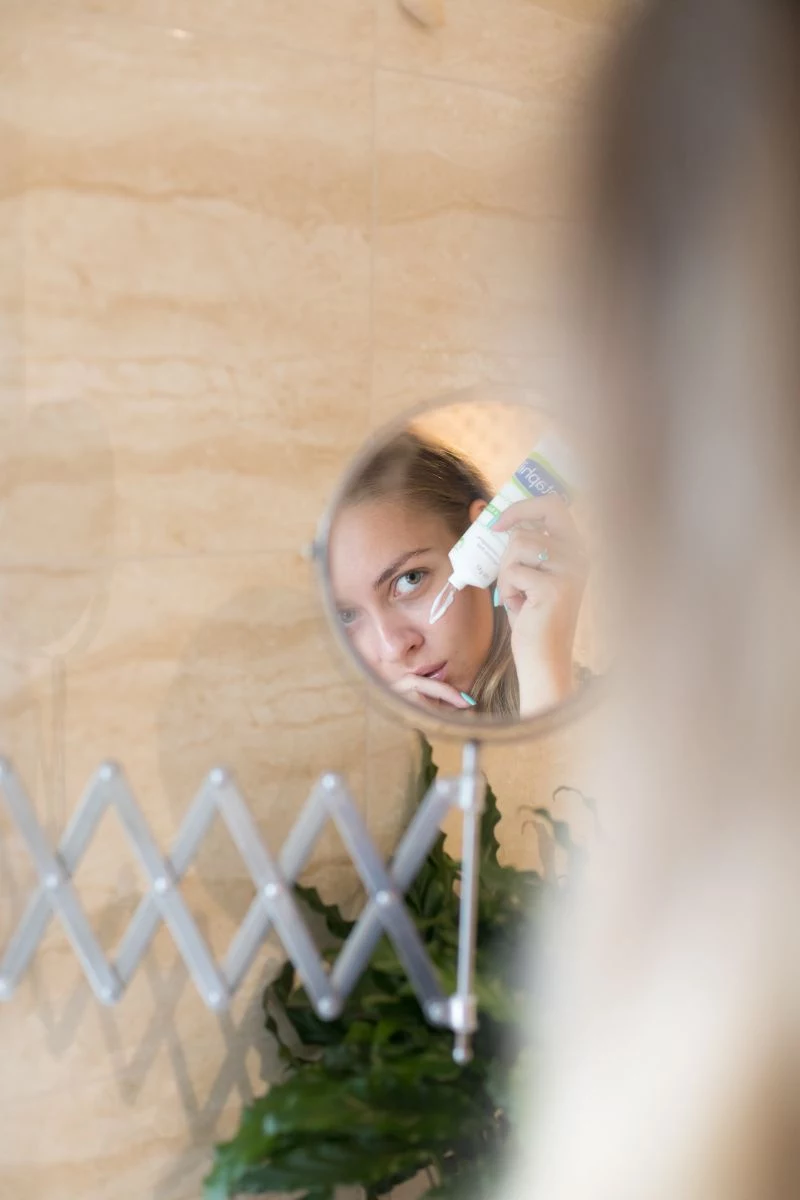
Inspirational Gallery

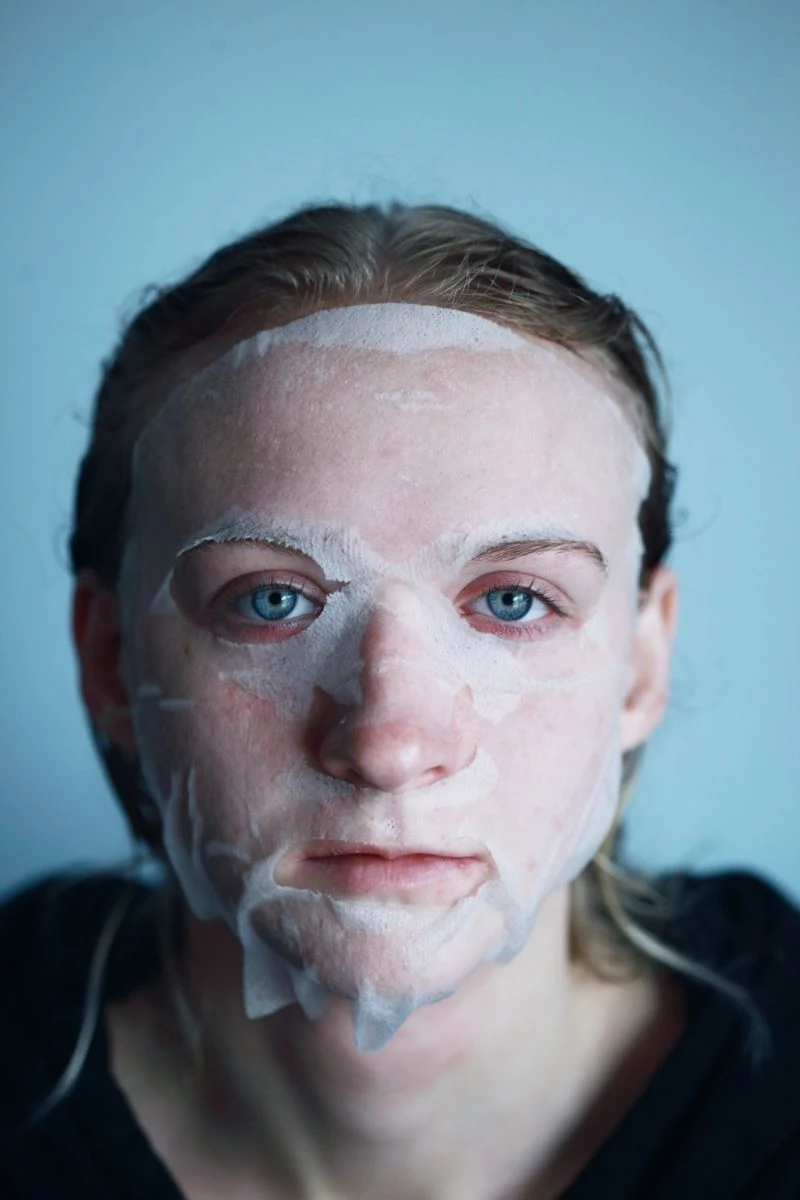
The single biggest mistake you can make: Skipping sunscreen. UV exposure degrades collagen and can darken post-inflammatory marks, actively working against any progress you make from treatments. A broad-spectrum SPF 30+, like EltaMD UV Clear which is formulated for acne-prone skin, is non-negotiable, every single day.
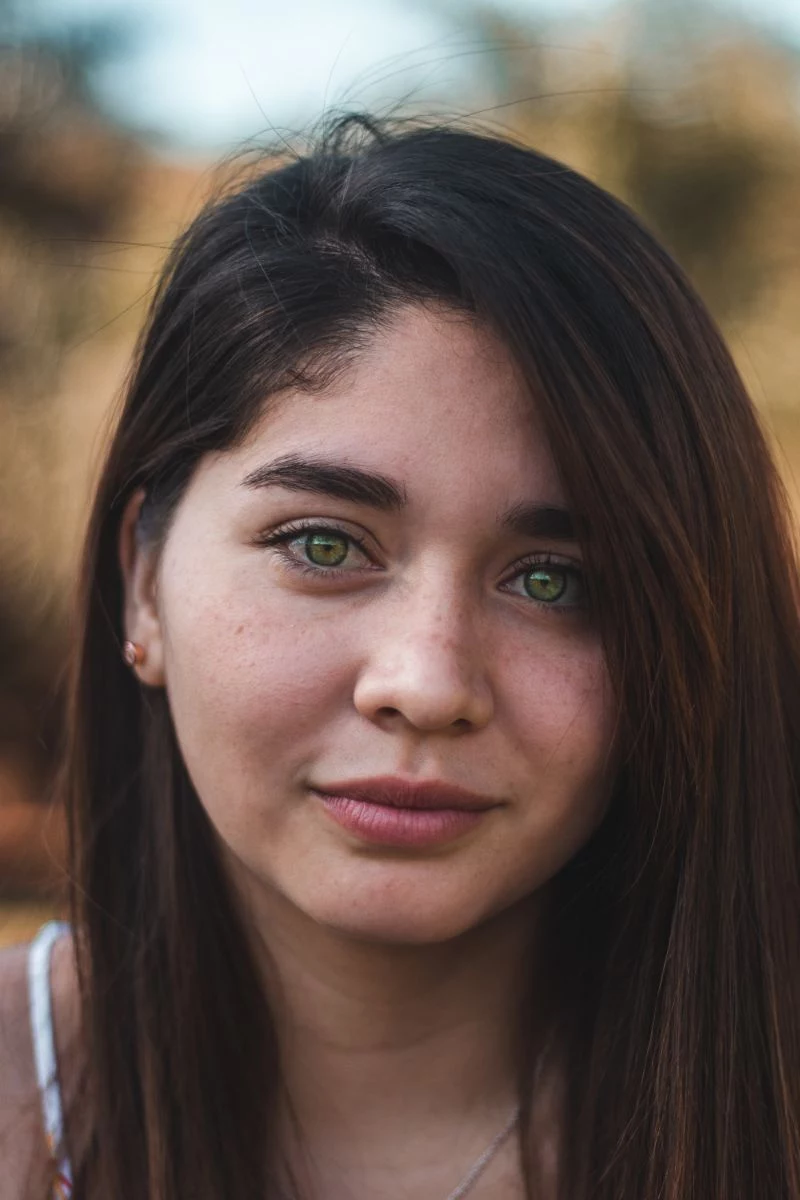
When at-home topicals aren’t enough for indented scars, a dermatologist will suggest in-office procedures. The goal is always to stimulate your body’s own healing response.
- Microneedling: Uses fine needles to create micro-channels in the skin, triggering a collagen and elastin production boom to fill in scars.
- Fractional Lasers (e.g., Fraxel): Create microscopic columns of thermal injury in the skin, forcing it to generate fresh, new tissue as it heals.
- TCA CROSS: A specialized technique where a high concentration of acid is placed precisely into an ice pick scar to stimulate localized collagen growth.
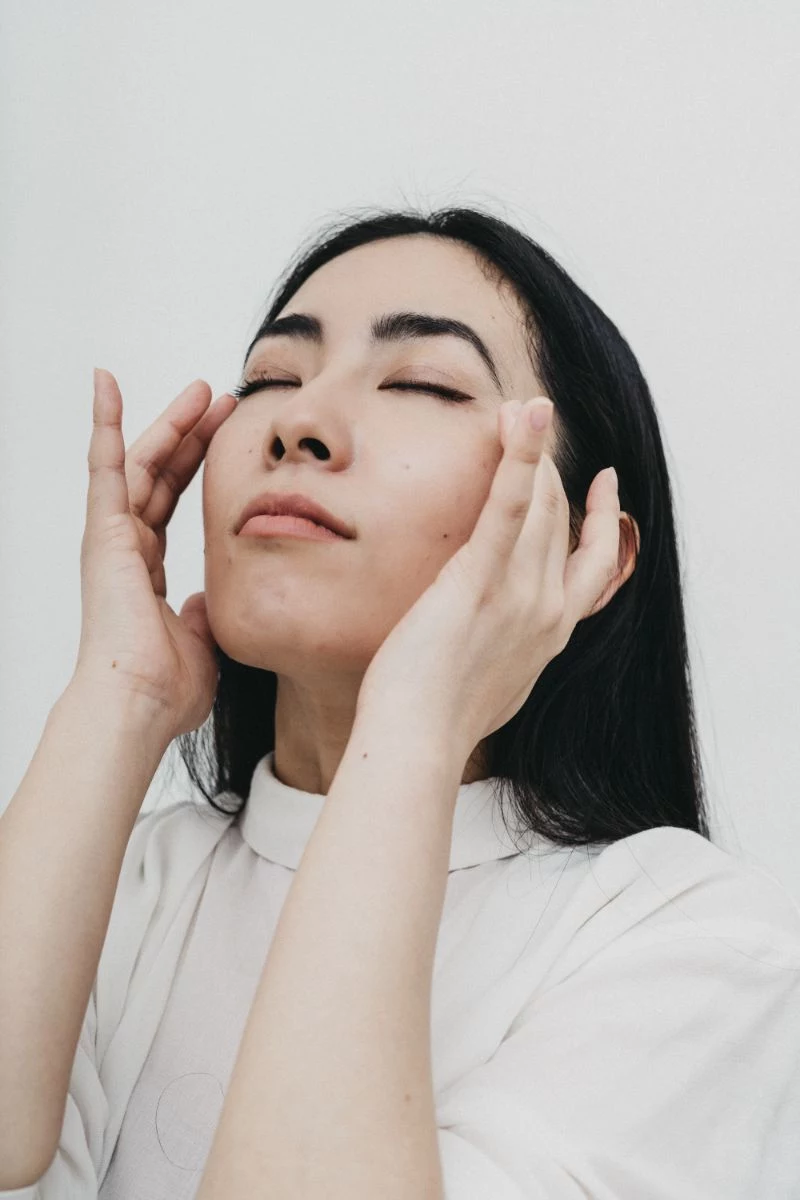
After age 20, a person produces about 1 percent less collagen in the skin each year.
This decline in natural collagen production is why acne scars that form in your late twenties and beyond can be more stubborn to treat than those from your teenage years. It underscores the importance of consistent, collagen-stimulating skincare and sun protection to slow down this process.
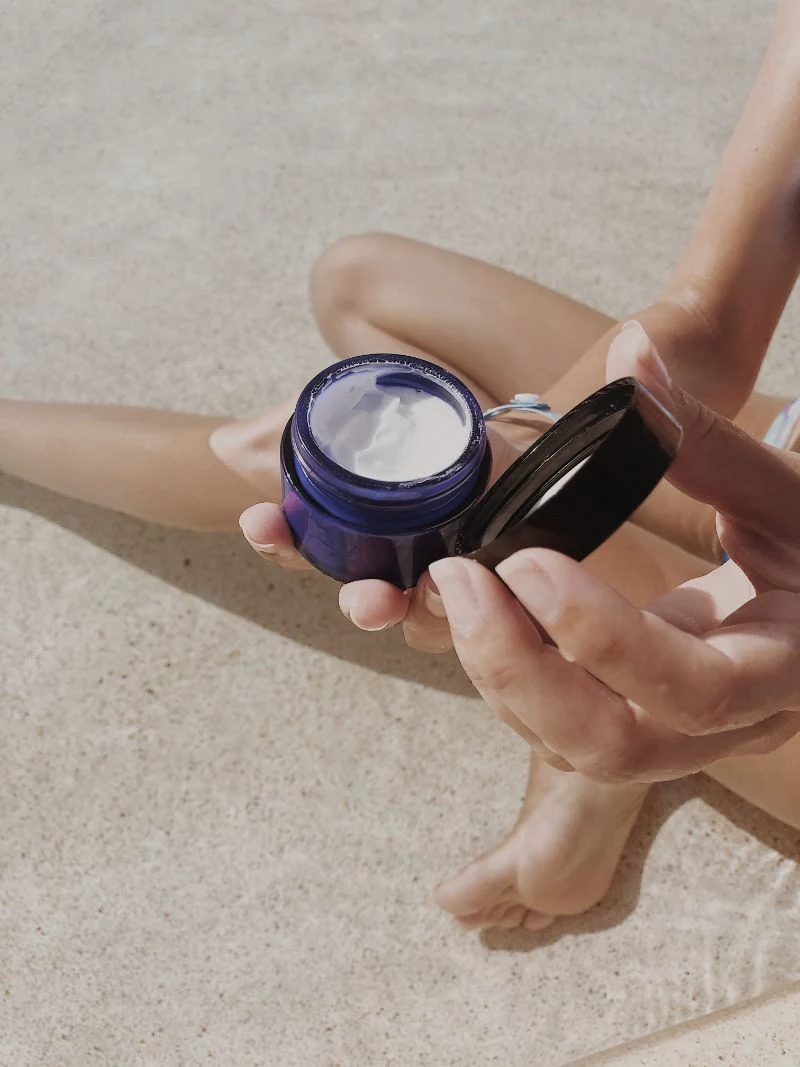
Can at-home microneedling give me the same results as a professional treatment?
In a word: no. At-home rollers use needles that are typically 0.25mm to 0.5mm long. They primarily enhance product absorption and offer very mild exfoliation. Professional microneedling, or collagen induction therapy, uses needles up to 2.5mm long to create controlled micro-injuries deep within the dermis. This is what actually triggers the significant new collagen needed to physically remodel and raise indented scars. Professional treatments are also performed in a sterile environment, drastically reducing the high risk of infection and further scarring associated with at-home devices.
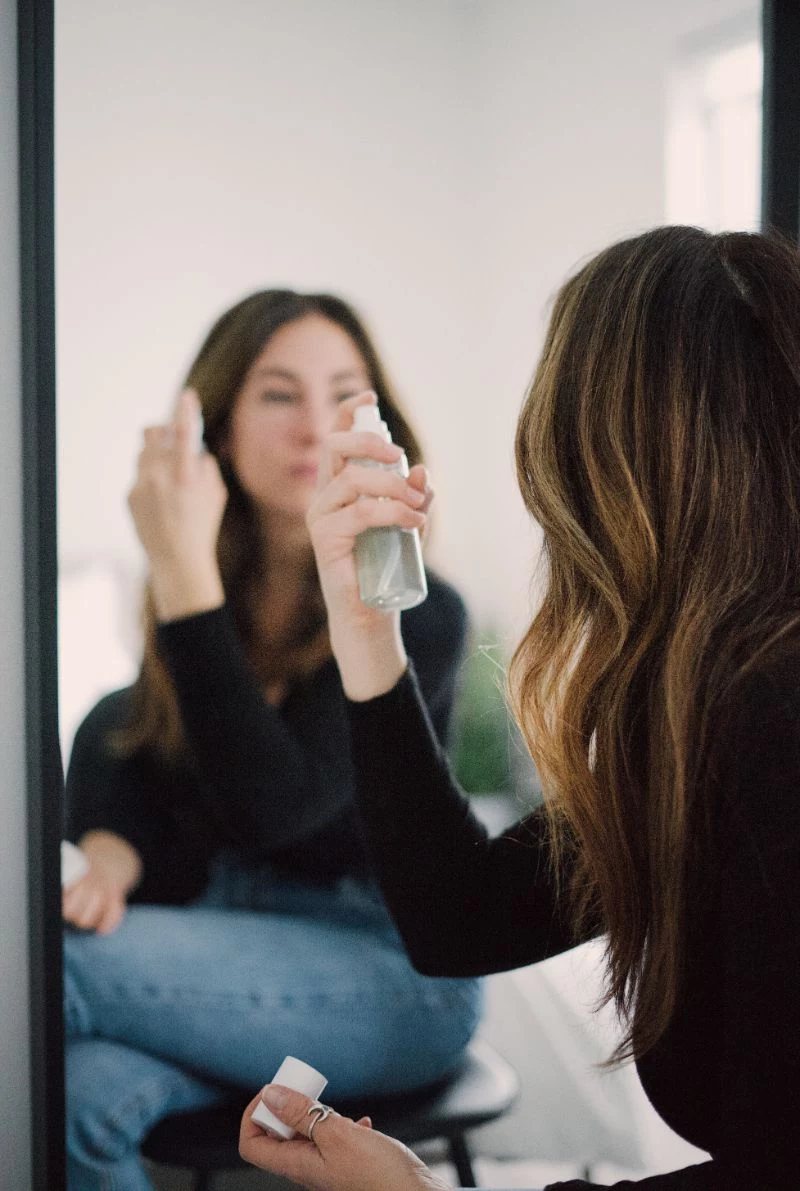
Topical Retinoids: These vitamin A derivatives, like prescription Tretinoin or over-the-counter Adapalene (Differin Gel), work by accelerating cell turnover and signaling your cells to produce more collagen. They are the gold standard for improving texture.
Vitamin C Serums: Primarily an antioxidant, Vitamin C protects the collagen you have from environmental damage and is a crucial cofactor in its production. It’s more focused on brightening and protecting.
For scar texture, retinoids are the heavy lifters, while a potent L-Ascorbic Acid serum like SkinCeuticals C E Ferulic is the essential bodyguard.
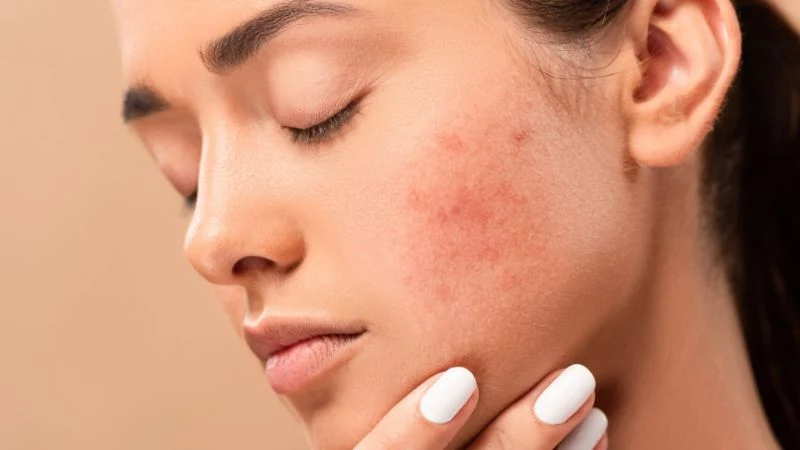
A 2015 study in the Journal of Clinical and Aesthetic Dermatology confirmed the significant psychological distress associated with acne scars, impacting quality of life even more than active acne in some cases.
This isn’t meant to discourage, but to validate. The frustration you feel is real and shared by many. That’s why the journey to smoother skin is as much mental as it is physical. Patience is your most powerful tool. Track your progress with photos in consistent lighting, celebrate the subtle softening of scar edges, and trust the process. Each small improvement is a victory.

You don’t need a triple-digit price tag for effective supporting care. The key is focusing on proven ingredients, not luxury packaging. A gentle, non-stripping cleanser from CeraVe, a Niacinamide 10% + Zinc 1% serum from The Ordinary (under $10), and a consistent drugstore retinoid can create a powerful foundational routine that respects your skin barrier and supports the results of more intensive professional treatments without breaking the bank.
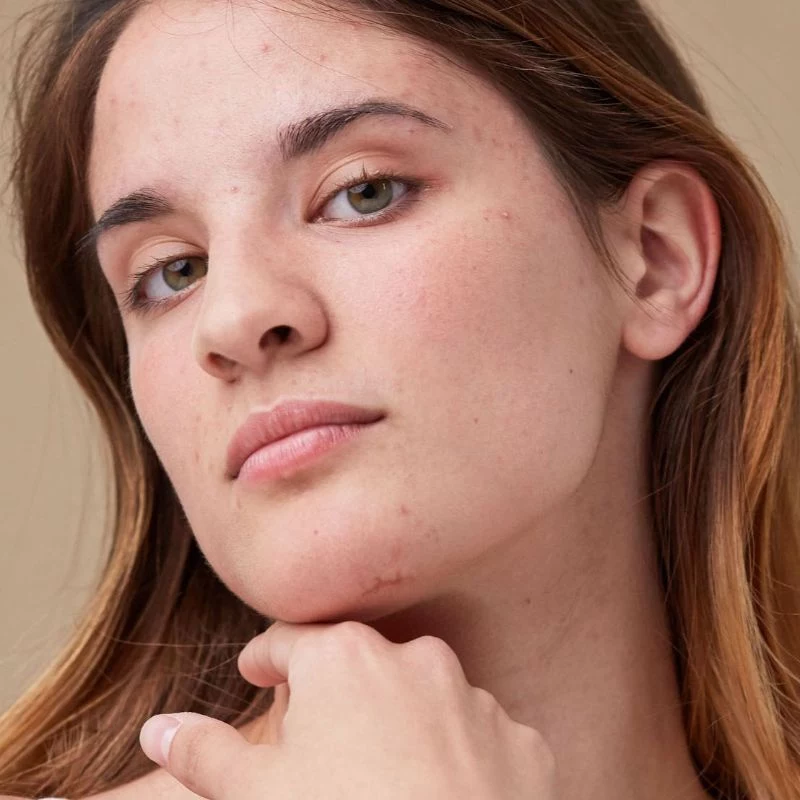
- Supports the skin’s natural repair processes.
- Helps calm underlying, lingering inflammation.
- Provides the essential building blocks for healthy collagen.
The secret? Your diet. Loading up on antioxidant-rich foods like berries and leafy greens, plus lean proteins and healthy fats rich in zinc and amino acids, can significantly impact your skin’s ability to heal from the inside out.
- For Red Marks (PIE): Look for ingredients that soothe and target redness, like niacinamide, azelaic acid, and Centella Asiatica (often called ‘Cica’).
- For Brown Marks (PIH): Focus on ingredients that inhibit pigment production, such as tranexamic acid, kojic acid, licorice root, and, of course, Vitamin C.










